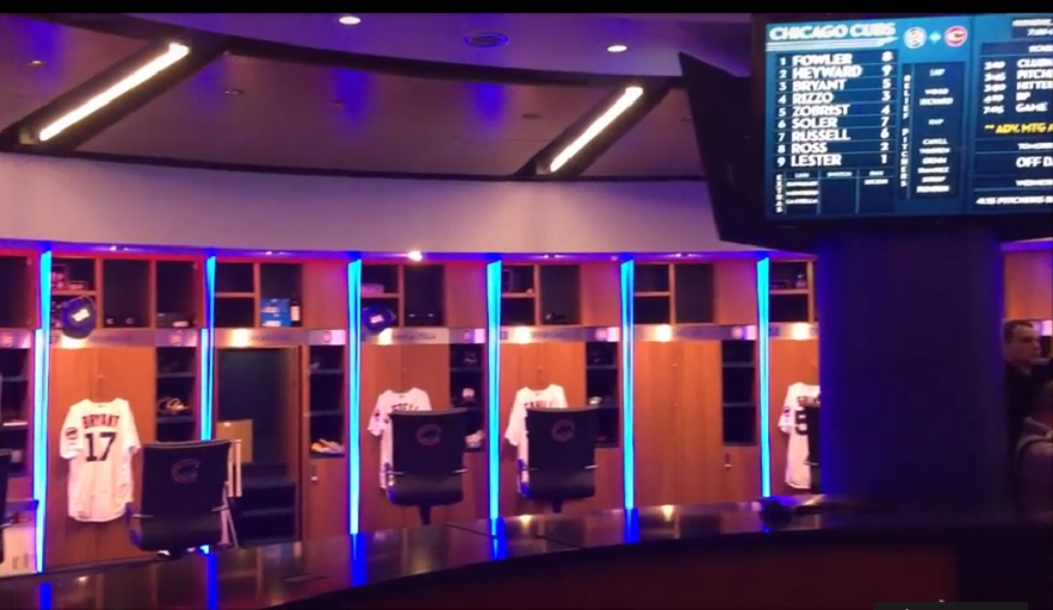On their way last year to winning their first World Series in more than a century, the Chicago Cubs did something unusual: They changed the shape of their clubhouse.
Instead of stretching across a long rectangular hall, the new Cubs clubhouse at Wrigley Field is a rounded circle. With a diameter of 60 feet, 6 inches, it is the same distance from the pitcher’s mound to home plate. Unlike the sprawling facilities of other teams, the Cubs’ clubhouse is designed to promote a culture of trust.
Locker assignments are mixed so that players with different positions interact with one another. To reach the weight room or dining area, players have to walk past other lockers along the way, leading to more frequent encounters with teammates. And each player’s locker area is exactly the same, regardless of whether he is the star outfielder or a relief pitcher.
And while the Cubs’ recent success owes to their deep talent and superb management, their emphasis on team chemistry and culture can teach organizations of all types how to knock trust out of the park.
Get to know the other person
We are taught at an early age to never trust strangers. Unless we intentionally grow out of that mindset, we are likely to resist others. Not at Wrigley. With its circular design, the Cubs’ clubhouse encourages players to bump up against each other and enjoy casual encounters that promote fraternity. Players spend time in each other’s lives. They learn about what matters to their teammates.
Not only do the run-ins make for a friendlier environment, they also improve the bottom line: A Google study found that managers who express interest in and concern for team members’ success and personal well-being outperform others in the quality and quantity of their work.
Readily share information
Baseball clubhouses can quickly turn to silos as players slip into their own personal escapes, especially if their lockers are more than 100 feet apart. In a circle, players are naturally pulled off the margins and drawn into the middle. That means that information passes more readily and naturally among people, leading to greater awareness and increasing people’s sense that they’re in the loop.
Only 37% of employees say they understood what their employer was trying to achieve and why. This uncertainty about the company’s direction leads to chronic stress, which inhibits trust and undermines teamwork.
Facilitate whole-person growth
Aside from its intentionally round design, the Cubs’ clubhouse breeds trust by putting a strong emphasis on the growth and well-being of all its players. It features a wellness lab, a mindfulness bar, and a strength and conditioning center. It signals the team’s commitment to each player’s long-term performance and progress.
As I describe in The Feedback Fix, short-term performance management – stack rankings, annual reviews and other relics of the past – are being replaced by a forward-looking view on long-term development. When organizations prioritize their employees’ work-life integration, family, and time for recreation and reflection, their investment in whole-person growth has a powerful effect on engagement and retention.
Trust is an elusive quality that doesn’t come easily. By breaking down the barriers that stand in the way of friendship, understanding, and progress, we can raise the trust factor on our teams and get the kind of winning results that make our people and our organizations perform at top level.
